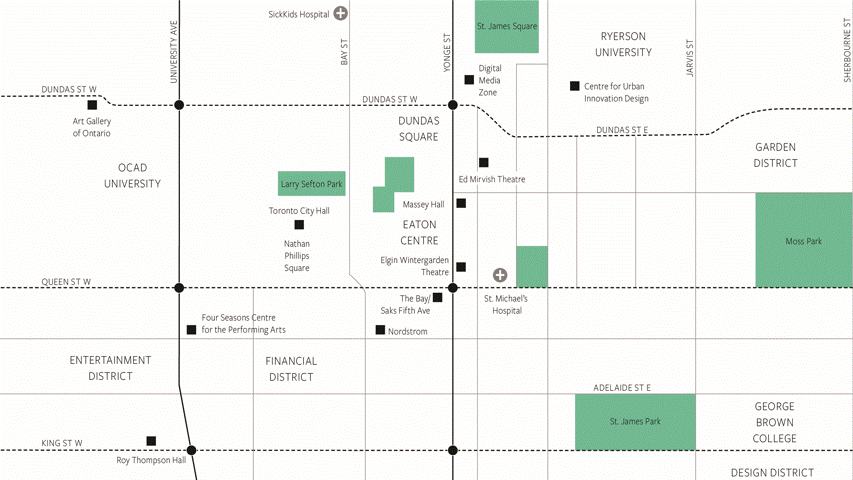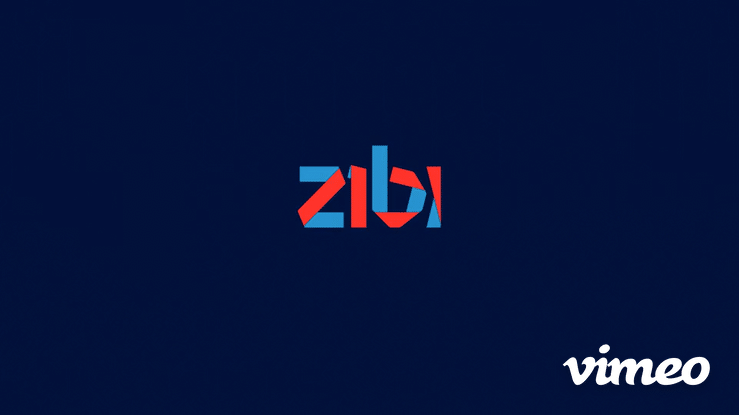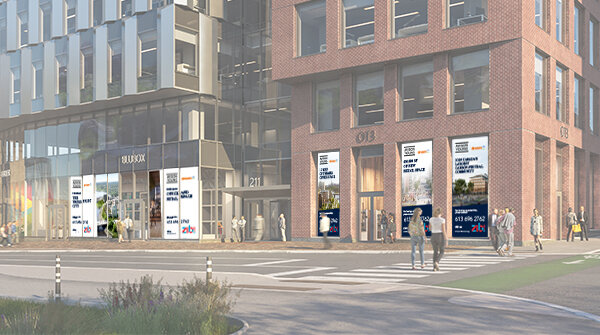Case study:
Allowing existing creative assets to inspire the design
Project background
Challenge
Marketing collateral was needed for a commercial listing in Toronto. Existing photography highlighting the property needed to be prominent on all materials. created. In addition, the building’s logo (its address) would also need to be included.
Solution
In order to achieve a cohesive look, the building’s logo was broken down into key elements. These elements were borrowed and expanded on to develop a guideline for designing additional creatives and materials.
Outcome
Design elements appeared modern and bold, when paired with the vivid photography. This striking contrasting created a lasting impression on all marketing collateral.



























































